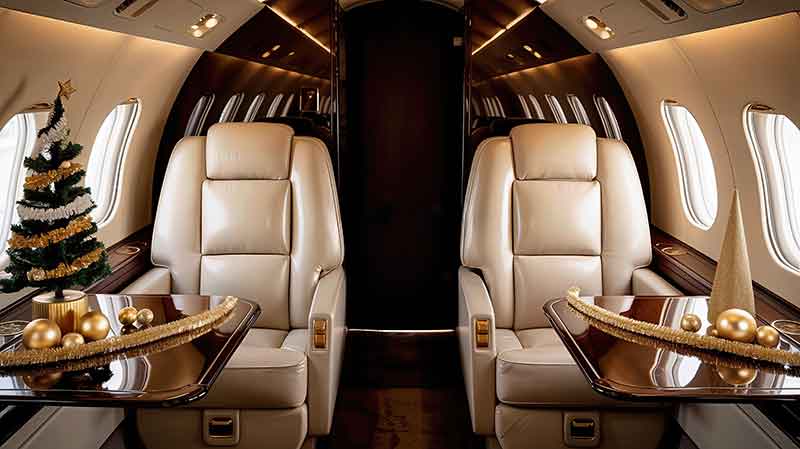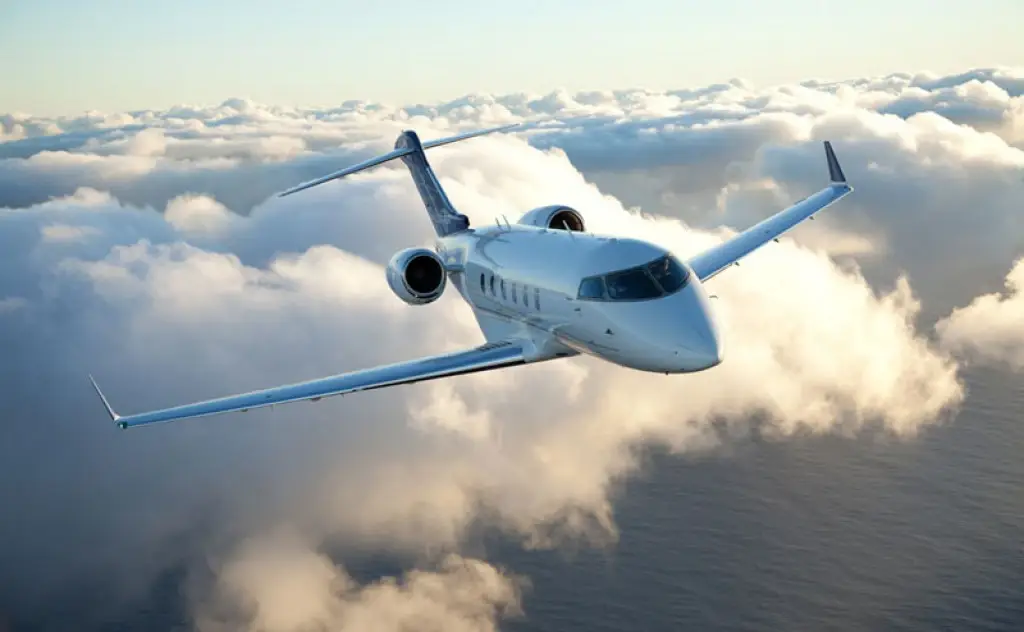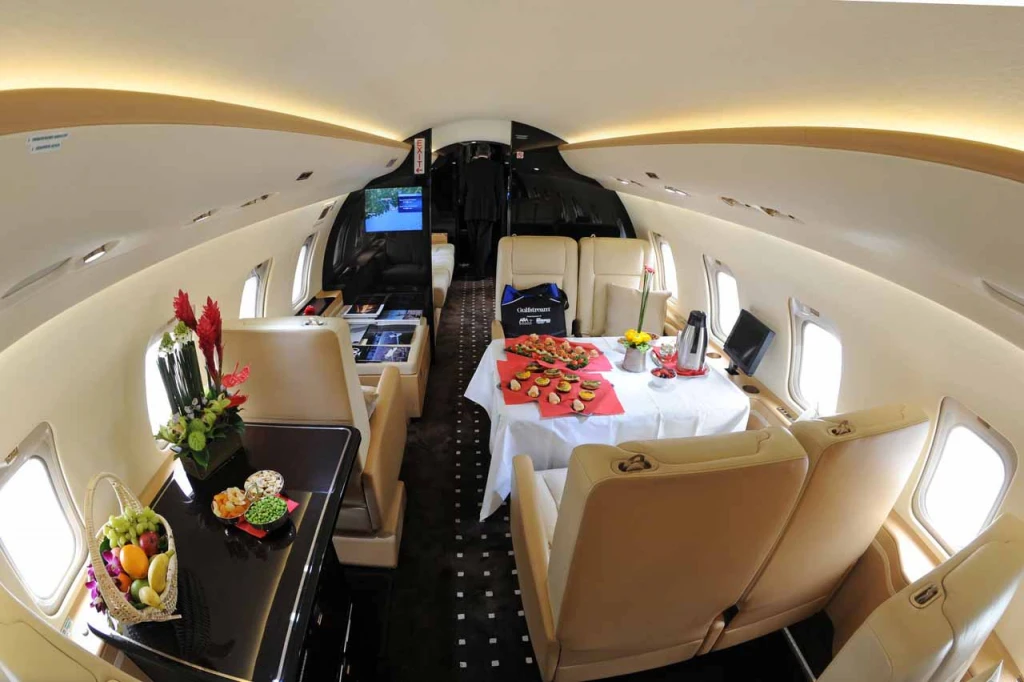Learn why "Time in Type" is one of the most important safety criteria when choosing the right aircraft and flight crew for your private charter flight.
Pilots often pride themselves on the number of total hours in their logbook, and the many types of aircraft they’ve flown. That doesn’t necessarily mean they’re equally well-versed with the operational nuances of every aircraft in their logbook. That’s why “time in type” is an important safety factor when choosing the right aircraft and flight crew for your charter flight needs.
Just as you’d expect, time in type refers to the number of hours a pilot has at the controls of a particular type of aircraft. It’s easy to understand why a pilot with 500 hours “in type” is generally preferable to a pilot with just 50 hours. The pilot that has more hours flown in that specific aircraft has much more experience and a greater understanding of that type’s flight deck layout, takeoff and landing performance and maneuvering capabilities.
Experience Matters
This level of tangible experience in a specific aircraft type is also useful when considering factors such as flight planning and maximizing efficiency while also maintaining operational safety. Of course, it’s also important that flight crews know precisely how an aircraft will respond and what to expect in the event of an emergency situation – knowledge that can only really come with actual time at the controls.
While different aircraft require varying levels of pilot certification to operate, nearly all aircraft available through Paramount Business Jets require a two-person flight crew, with both the pilot-in-command (PIC or captain) and the second-in-command (SIC, also known as the first officer) holding the appropriate type ratings from the U.S. Federal Aviation Administration (FAA) or an international regulator.
Type Ratings are Specific to Aircraft Manufacturer, Model, and Series
These type ratings are specific to the aircraft manufacturer, model, and even series. So a pilot rated in a Dassault Falcon 50 is not permitted to fly a Gulfstream G500 without also going through the appropriate training for the Gulfstream. Pilots may be rated to fly several aircraft types, but it’s time in type that presents the best overall picture of their experience in a particular aircraft.
Pilots must undergo frequent training to maintain their type ratings, which is another reason why time in type is so important to consider.
In short, there really is no substitute for experience – but it should be first-hand, type-specific experience, and not merely numbers in a logbook. Be sure to inquire about the flight crew’s time in type when arranging your next private jet charter.








